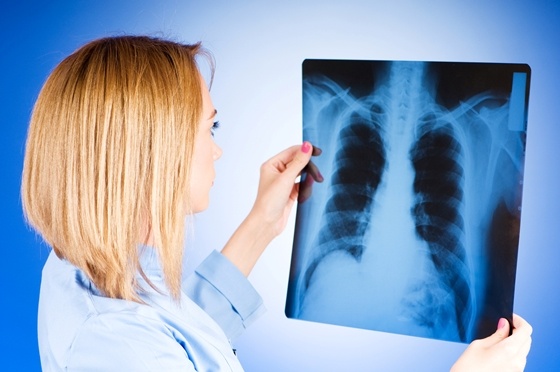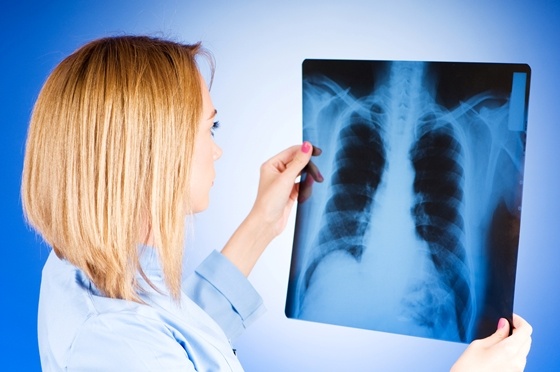
In a world first, researchers at University of California, Los Angeles, have grown three-dimensional human lung “organoids”. Organoids are three-dimensional organ-buds that show realistic micro-anatomy — in other words, a mini lung.
The researchers hope that this breakthrough will lead to a new treatment for patients who have scarred lungs. The study’s lead author, Dr. Brigitte Gomperts, describes the mini-lungs, saying: “While we haven’t built a fully functional lung, we’ve been able to take lung cells and place them in the correct geometrical spacing and pattern to mimic a human lung”
The organoids are useful because they make it easier for scientists to test new drugs and analyse changes to the lung tissue. Having organoids available may help scientists discover a cure for conditions like idiopathic pulmonary fibrosis (IPF). IPF causes the lungs to become scarred, which dramatically decreases lung function. People with this condition struggle to get enough oxygen to their brain and other vital organs.
It is a deadly disease with an average lifespan of between three to five years after diagnosis. Researchers can now take cells from a patient with this condition and grow them into lung organoids. They can then perform drug tests on the tissue in vitro and look for the root cause of the illness more easily.
To create the organoids, scientists first harvested cells from a patient’s lungs, then developed them into stem cells. They grew the cells around sticky hydrogel beads to create the three-dimensional model.
They used certain molecular factors to cause scarring on the lungs which is similar to that experienced by IPF patients. Researchers can then test drugs on the scarred mini-organs and develop therapies that are tailored to a specific person’s genetic makeup.
Source: Stem Cells Can Create 3-D Models Of Scarred Lungs, Aiding Treatment Development
{{cta(‘010124f3-c9bc-4a23-b9fc-74953e6288c9’)}}


